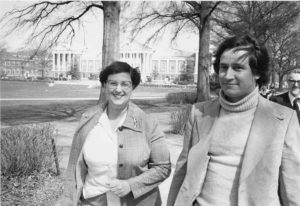The PLUM reading group recently discussed the paper, DR CHECKER: A Soundy Analysis for Linux Kernel Drivers, which appeared at USENIX Securty’17. This paper presents an automatic program analysis (a static analysis) for Linux device drivers that aims to discover instances of a class of security-relevant bugs. The paper is insistent that a big reason for DR CHECKER’s success (it finds a number of new bugs, several which have been acknowledged to be true vulnerabilities) is that the analysis is soundy, as opposed to sound. Many of the reading group students wondered: What do these terms mean, and why might soundiness be better than soundness?
To answer this question, we need to step back and talk about various other terms also used to describe a static analysis, such as completeness, precision, recall, and more. These terms are not always used in a consistent way, and they can be confusing. The value of an analysis being sound, or complete, or soundy, is also debatable. This post presents my understanding of the definitions of these terms, and considers how they may (or may not) be useful for characterizing a static analysis. One interesting conclusion to draw from understanding the terms is that we need good benchmark suites for evaluating static analysis; my impression is that, as of now, there are few good options. Continue reading



 Last week I attended the
Last week I attended the 
